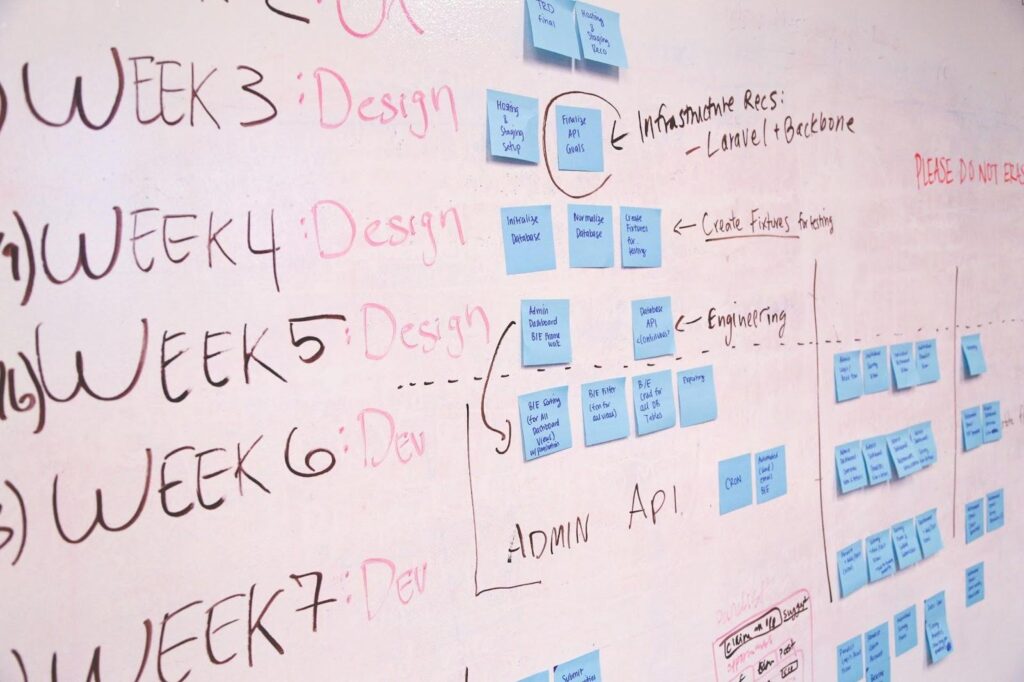Your Guide to Organizational Change Management (OCM)
No matter their industry, successful businesses and organizations all across the globe have one thing in common: managing change. Even when things are smooth sailing, change often comes in and slows the gears that keep your operations chugging. But it doesn’t have to be that way. In fact, change can offer countless benefits – if you have the right OCM strategy and software. With certain change management best practices, you can empower all employees and stakeholders to pitch in and create a system that works for everyone.
Organizational Change Management Benefits & Best Practices

So, how can organizations ensure they’re set up to bring organizational change management efforts to their stakeholders? Some of the groundwork can be laid long before you actually start focusing on OCM. Change management best practices, strategies, and resources like those below help ensure your processes succeed.
Organizational Agility
Leaders or individual stakeholders may not be able to ensure that successful organizational change happens on their own. But they can create an environment where they know change can thrive. This concept of creating a change-friendly space for employees is known as “organizational agility.” It’s a vital prerequisite for any organization hoping to quickly and easily pivot their efforts to meet changing demands.
Strategy & Symbiosis
By now, we’ve hopefully established that strategic collaboration is a key piece of meaningful change. A project management office (PMO) software solution like Sciforma is an indispensable asset for communication, planning, and more. Stakeholders can work together to manage and reflect on projects impacted by organizational change all in one place.
World-Class PPM
Achieving organizational agility and alignment between stakeholders requires strong project portfolio management tactics. Why? Because you can’t get those results while juggling standalone, disjointed systems, manual data management, or dozens of spreadsheets. You need a place for all your assets to come together, which is why a PPM tool like Sciforma is crucial.
A PPM tool is one of the best investments your organization can make for managing change and delivering results you can be proud of. With the right PPM tool, you can:
- Eliminate unnecessary or low-value work that wastes time and doesn’t produce results.
- Effectively plan and approve efforts that contribute to your strategic goals – and see those goals at the same time!
- Communicate clearly with your stakeholders in little to no time and with greater consistency.
- Improve resource utilization, outcome management, scheduling, work tracking, and, of course, organizational change management.
Whether to oversee OCM or simply to make your workflow more effective, the right PPM software makes a world of difference.
Key Benefits of Organizational Change Management
Organizational change management brings everyone on a team together and promotes a better understanding of change, goals, and options for support. It also creates a stronger connection between those doing the work and those the work will impact.
As a result, effective OCM allows for a better understanding of how to develop solutions capable of delivering results.
Returning to our CRM example, we can understand how OCM makes a difference. Planning, communicating about, and training team members to use the new CRM will lead to much better results for employees and clients alike.
That said, handing team members the new technology without creating infrastructure to oversee its use could lead you to get stuck in the mud. Some of the key benefits of OCM, then, relate to keeping the workplace operating at its best.
Engagement & Involvement
Tossing a big change into the wild and leaving employees to their own devices when it comes to implementing it is a one-way ticket to chaos. Likewise, making changes to how work is done from the perspective of an executive, team leader, etc., strips power away from employees.
However, OCM ensures that employees have a sense of ownership over what is happening in their work environment. This drives engagement and employee retention through the roof. It also boosts productivity and the capacity for further change, maximizing the value of changes and reducing disruption to the work process.
Better Outcomes
When employees are engaged and understand organizational change thoroughly, they work more efficiently and help drive the organization in the right direction.
Plus, several of the factors that contribute to productivity – such as managerial philosophy, project management resources, etc. – also benefit the OCM process. So, by investing in OCM efforts, organizations can simultaneously boost performance levels, increasing the likelihood of creating strong projects.
Create a Change-Friendly Environment
Creating an environment more capable of and willing to embrace change allows organizations to progress more in less time. Teams equipped to handle OCM tend to be more flexible and approachable to employees.



